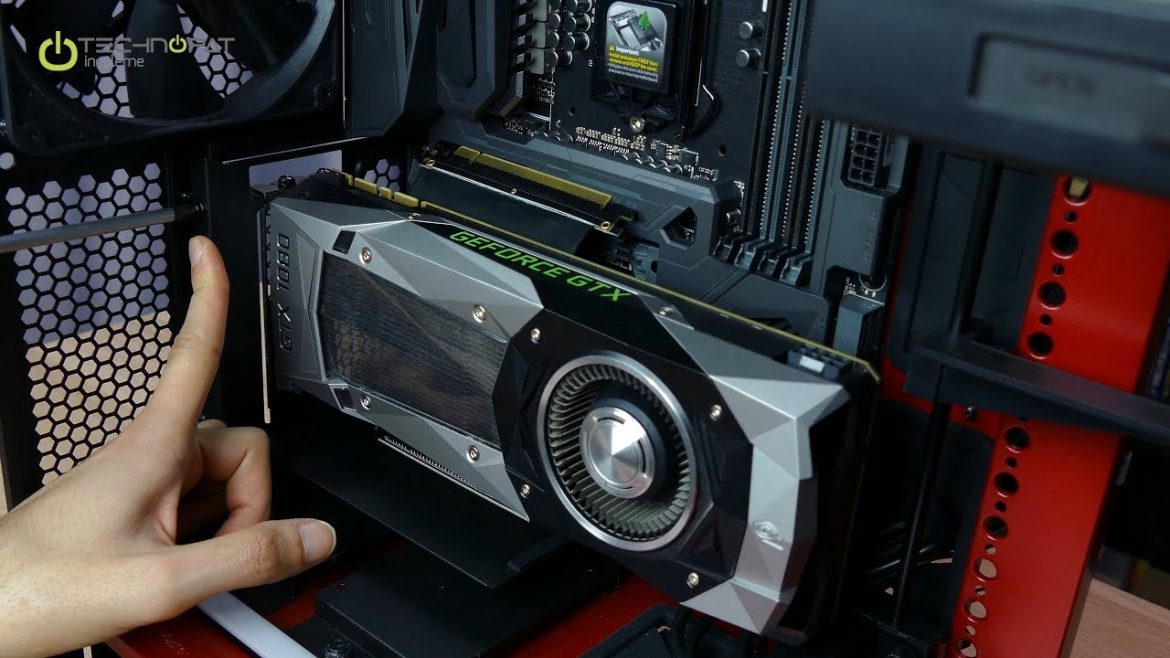One of the vital components of your computer is the graphics card. It takes care of all the graphic rendering processes and frees up CPUs to focus on other tasks. However, failures in GPU can cause visual distortion and make the pc unusable. Fortunately, various signs might occur when your GPU is close to dying. Learning to spot these signs might help give you plenty of time to line up a replacement.
This article will discuss warning signs and causes of the dying Graphic card.
Warning signs
If at any time you experience problems with your pc, it is essential to figure out which component is causing these issues. You can look for the warning signs to spot whether the graphic card is causing the case. Some of the early warning signs to look for while suspecting your dying GPU includes
1. PC crashes
One of the possible signs of dying GPUs is sudden PC crashes. You might experience such crashes while playing a video game or sometimes can’t install Xbox app. The crashes can be in the form of a simple blue screen, pc freezes, random restarts, and powering off. But remember, sometimes crashes are not caused by GPU failure and might be due to some other components. However, if other warning signs accompany the crashes, there is a good chance that it’s due to your GPU failure.
2. Screen glitches
Another sign that might indicate graphic card failure is the screen having glitches. It occurs when the graphic card becomes too busy with the applications. For example, you might see weird shapes and colors all over the screen, which indicates that the GPU has trouble rendering images on the screen. If the glitches appear suddenly with no evidence of software causing it or no recent firmware update, your GPU may be dying.
3. Blue screen
A blue screen indicates something is seriously wrong with your computer. It can come up for many reasons, whether the problem is with RAM, hard drives, graphic cards, or other components. For example, you can spot its failure if the blue screen occurs while doing graphic-intensive work.
4. Fan noise
Another less obvious sign of GPU failure is its fans not working correctly. The GPU is fixed with an automatic functioning fan that cools it, so if your GPU fan emits strange noises, it indicates that they are running under load. This symptom, if left unchecked, can lead to GPU failure. In some cases, they might stop working.
Common causes of GPU failure
Several things can cause your GPU to fail. By being aware of them, you can take steps to protect your GPU. Some of the common causes of GPU failure are listed below
1. Insufficient power
One of the common causes of GPU failure is insufficient power. It is because the GPU is the computer’s most power-consuming unit. So, in case of power leakage, the GPU tends to suffer. If it happens, the performance will drop significantly. In addition, it might overheat and malfunction. So it is preferable to match the power supply when you add a new graphic card. Otherwise, it might fail to carry out its operations.
2. Overheating
The second most common cause of GPU failure is overheating, which occurs due to the accumulation of dirt, dust, and lint. In addition, several other factors might overheat the GPU, including inadequate cooling, blocked vents, or many applications running simultaneously. If your graphic card gets too hot, it might malfunction or fail.
3. Inadequate airflow
Another cause that plays a role in graphic cards wearing out earlier than usual is lacking adequate airflow. The factors leading to inadequate airflow are restrictive computer cases, GPU facing the wall, or poor cooling system design. These factors prevent your GPU from cooling efficiently and consequently cause GPU failure.
4. Moisture
Graphic cards are also prone to moisture damage, another cause of GPU failure. If your computer is in a humid environment or the GPU is exposed to liquid, it can cause the card to fail.
5. Low-quality capacitor
Another cause of GPU failure might be the bad quality of the capacitor. As a result, you might notice a spike in your system power consumption, but it won’t last long. Ultimately, the GPU will die and won’t last as long as other components.
6. Overclocking
Overclocking the GPU can also increase the risk of graphics card failure. It means gradually increasing the clock speed of your GPU to increase its performance. It results in a rise in GPU temperature since it has to draw more power. Lack of care in this regard might lead to GPU crash and reset.
These are the common causes and signs of GPU failure. Once you identify that your GPU is dying and can’t fix it, it’s time for a replacement. Again, you can choose a new graphics card as there are many options. Finally, as it is an expensive component, It is preferable to take care of your GPU after proper installation.

